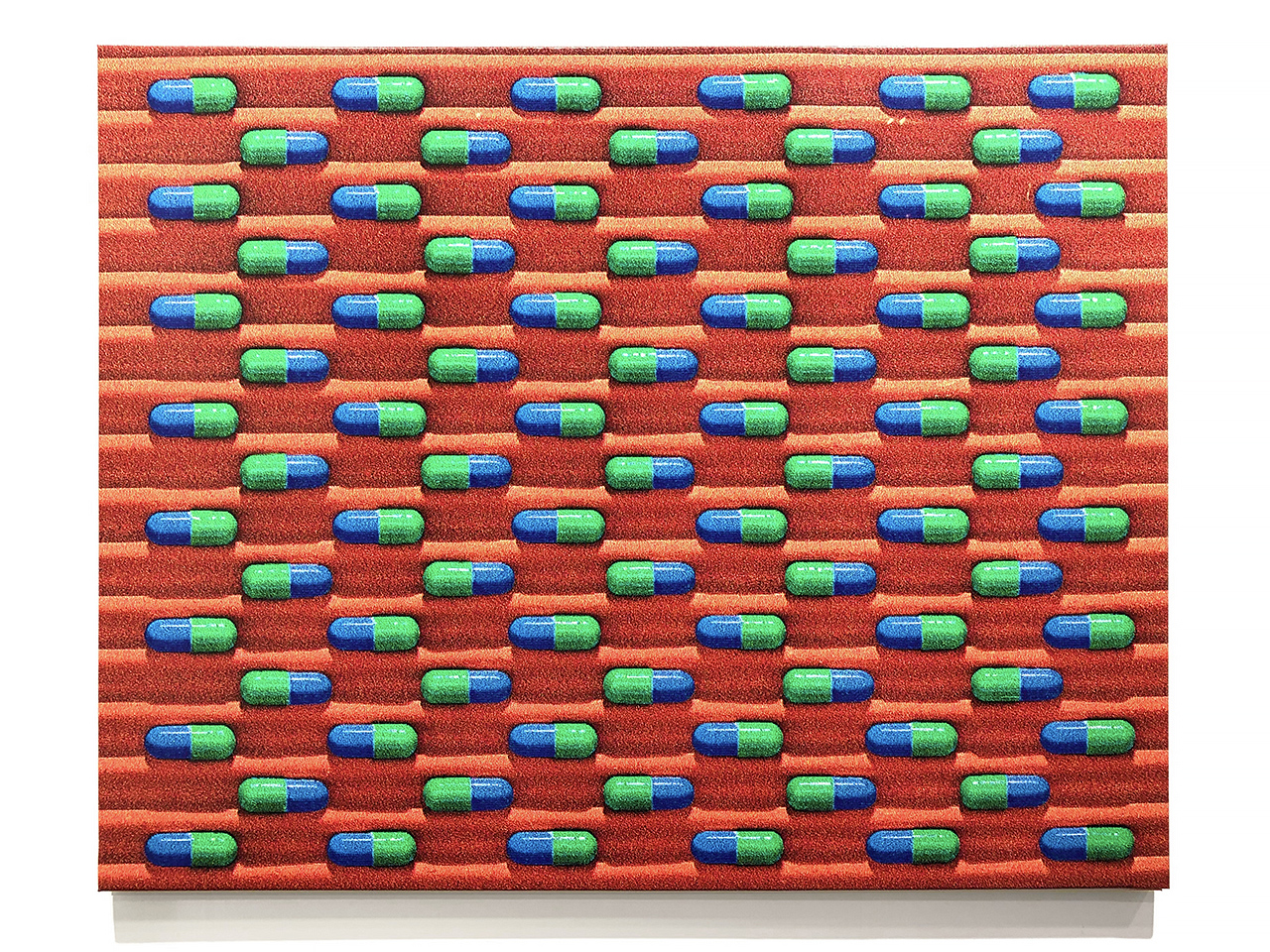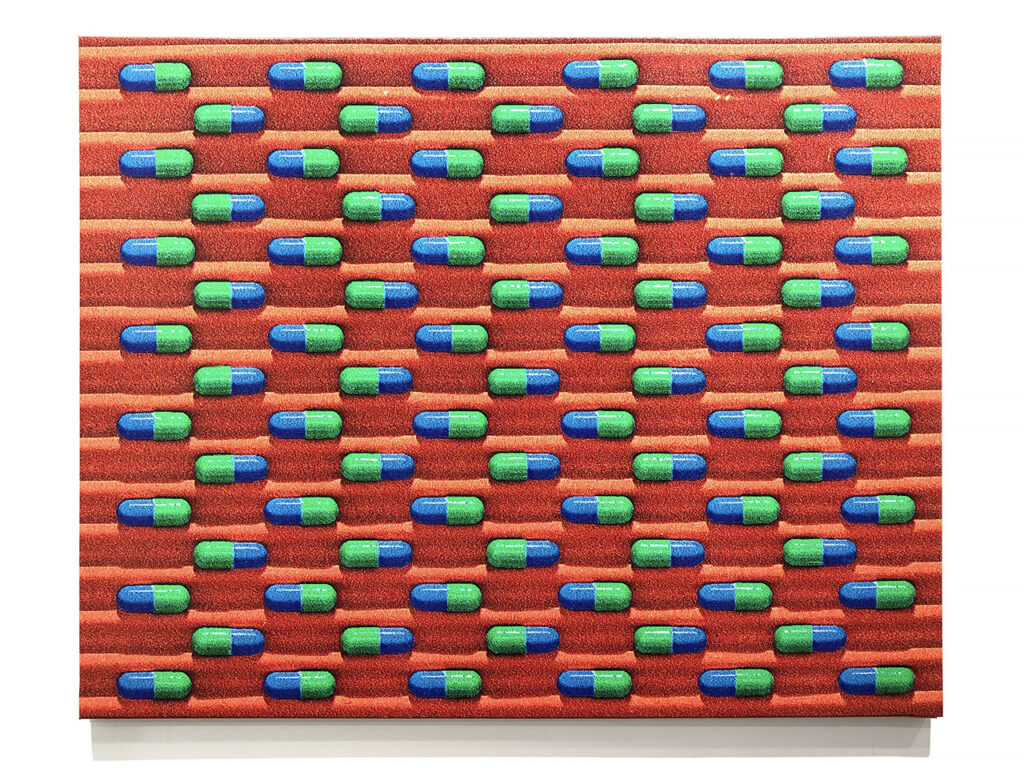“In Canada we were seen as not being really serious. Also, people would tell us that you can’t be a group and be an artist, artists don’t work in groups. But when we went to Europe… we were very quickly picked up and written about in political terms, Marxist terms, because we operated as a group, because we operated by consensus, because of the critical intent inherent in the work, and I think to a certain extent because of the sexual aspect: that we were, if not clearly gay, at least sexually ambiguous.” — AA Bronson

General Idea, File Magazine, Vol.6, NR.1-2, 1984 | Image courtesy of General Idea and Stedelijk Museum Amsterdam
Formed in 1969, General Idea (active 1969–1994) was the pioneer of early conceptual and media-based art. Their collaborative working style and art production have gained ground in the contemporary era, influencing both the art world and society at large. The artist collective — comprised of AA Bronson (b. 1946, Vancouver, Canada), Felix Partz (b.1945, Winnipeg, Canada), and Jorge Zontal (b.1944, Parma, Italy) — met in Toronto in the late 1960s and went on to live and work together for twenty-five years, until the deaths of Partz and Zontal from AIDS-related causes in 1994.

General Idea, AIDS, 1987 | Image courtesy of General Idea, Blondeau & Cie and Stedelijk Museum Amsterdam
General Idea forged a unique conceptual practice that deployed parody and irony to critique the art world and popular media culture, including boutiques, television talk shows, trade fair pavilions, mass media and beauty pageants. In the twenty-five years of collective output, they explored social phenomena ranging from the production, distribution and consumption of mass media images to gay identity and the AIDS crisis through performances, installations, video, photography, prints, and editions.

General Idea, Complete Set of Five Self Portraits, 1983/1994, Exhibition View of General Idea, National Gallery of Canada, Ottawa, 2022 | Image courtesy of General Idea and National Gallery of Canada, Ottawa
The artist collective obtained the Portopia Award (1981), The Bell Canada Award in Video Art (2001), The Governor General’s Visual Art and Media Award (2002), and the Skowhegan Medal in Multimedia (2006). Since 1970s, General Idea’s video works have been exhibited and broadcast internationally, including the Museum of Modern Art, New York (1976 & 1989); the Paris Biennale (1977); Stedelijk Museum, Amsterdam (1979); Canadian Pavilion, Venice Biennale (1980); Documenta 7, Kassel (1982); International Festival du Nouveau Cinéma, Montreal (1985); National Gallery of Canada, Ottawa (1993); World Wide Video Center, The Hague (1994); PS1 Contemporary Art Center, Long Island City (2002); MUMOK, Vienna (2010), and among others.
Before the mid-1980s: emphasis on gender fluidity
In the 1970s and 1980s, General Idea’s body of work tended to emphasize gender fluidity. In Canada, homosexuality was decriminalized after implementing the reformed Canadian law with regards to homosexuality, abortion and contraception in 1969. Miss General Idea, one of General Idea’s best-known conceptual projects, increased their profile both in Canada and Europe. Entry kits, containing rules and regulations, pageant documents, and a pageant gown, were mailed out to 16 invited potential applicants among General Idea’s networks. The participants in the competition took up the task, submitting photographs that featured their choices for “Miss General Idea” dressed in the provided gowns.

General Idea, Artist’s Conception; Miss General Idea Pageant 1971, 1971 | Image courtesy of General Idea and Artspace
Nevertheless, censorship was still an issue in Toronto. The Body Politic, a publication described as “Canada’s gay newspaper of record”, was charged with obscenity in 1978. General Idea participated in a public demonstration against this censorship in January 1979, contributing a performance titled Anatomy of Censorship. Later, 300 men, including Zontal, were arrested by the Toronto police during a large-scale raid on four Toronto bathhouses in 1981.
After the mid-1980s: explicitly talking about sexuality
After the mid-1980s, General Idea’s work explicitly talked about sexuality. Mondo Cane Kama Sutra (1984) clearly depicted trios of neon poodles, becoming key symbol standing for the queer artists and a clichéd image that signifies gayness in the mainstream of North American culture.

General Idea, Mondo Cane Kama Sutra, 1984 | Image courtesy of General Idea and Mitchell-Innes & Nash, New York
In 1987, General Idea began making AIDS-related works, being pioneers in incorporating the issue of AIDS in art. They produced countless installations on this theme until Partz and Zontal’s deaths from AIDS-related illnesses in 1994.

General Idea, One Year of AZT, 1991 | Image courtesy of General Idea and National Gallery of Canada, Ottawa
AIDS was a taboo and moral dimension topic in the late 1980s. It has been widespread with a climate of fear surrounding the disease and extreme homophobia. Tremendous prejudice was widespread given the initial impact of AIDS in the gay community and its sexual transmission.

General Idea, Green (Permanent) PLA©EBO, 1991 | Image courtesy of General Idea and Esther Schipper
The artist collective produced some of the most powerful works ever created about AIDS, including One Year of AZT/One Day of AZT, their major installation was featured as a project at the Museum of Modern Art and now resides in the collection of the National Gallery of Canada. In 2006, the three giant inflatable pills from their 1991 work PLA©EBO were shown during Toronto’s Nuit blanche.


